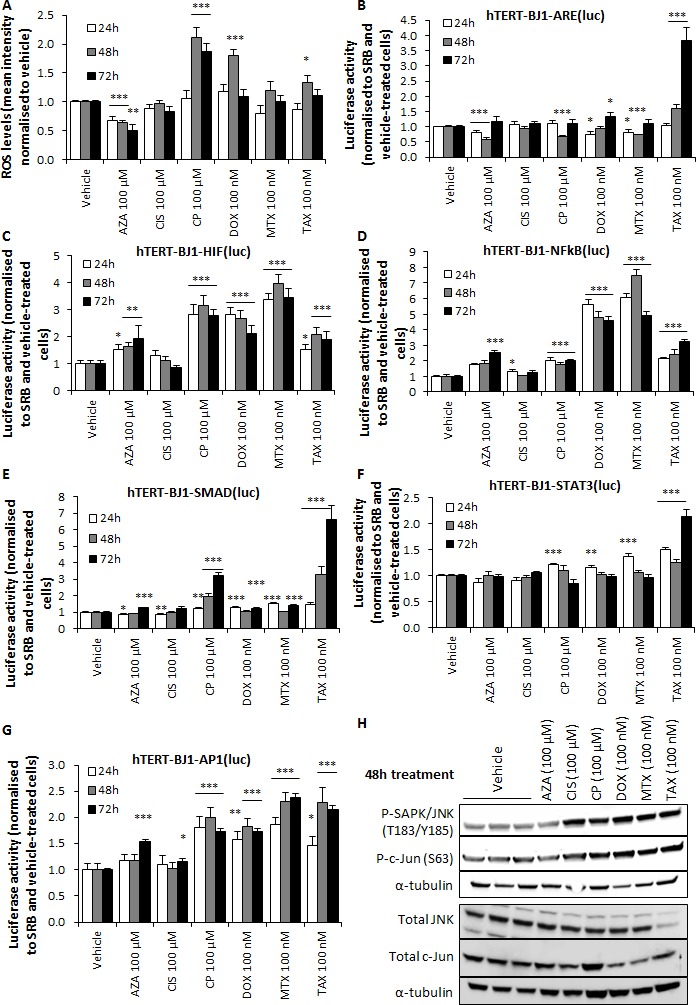Figure 5. Chemotherapy induces oxidative stress and activates stress signalling pathways in hTERT-BJ1 fibroblasts.

A. Intracellular ROS levels of hTERT-BJ1 fibroblasts treated with chemotherapy for 24, 48 and 72 h normalized to vehicle-treated cells. At 48 h of chemotherapeutic treatment, carboplatin, doxorubicin and taxol significantly induced the production of ROS. Mean ± SEM. B. ARE-dependent signalling pathway activation after treatment with chemotherapy for 24, 48 and 72 h normalised to SRB and vehicle-treated cells. Only doxorubicin and taxol were able to significantly activate Nrf1 and Nrf2-mediated antioxidant response at late time points. Mean ± SEM. C. Significant activation of HIF D. NFkB, E. SMAD, F. STAT3 and G. AP1 signalling pathway in response to chemotherapy after 24, 48 and 72 h normalised to SRB and vehicle-treated cells. All drugs were able to activate NFkB and AP1. All drugs except cisplatin could also increase HIF and SMAD activation. Likewise, all drugs except azathioprine and cisplatin significantly stimulated STAT3 24 h after treatment. Mean ± SEM. H. Chemotherapy-induced increase in the phosphorylation levels of SAPK/JNK and c-Jun in hTERT-BJ1 fibroblasts as measured by Western blotting after 48 h of treatment with all drugs except azathioprine. Total JNK and c-Jun protein levels did not show substantial differences. Only carboplatin intensified total c-Jun protein expression levels.
